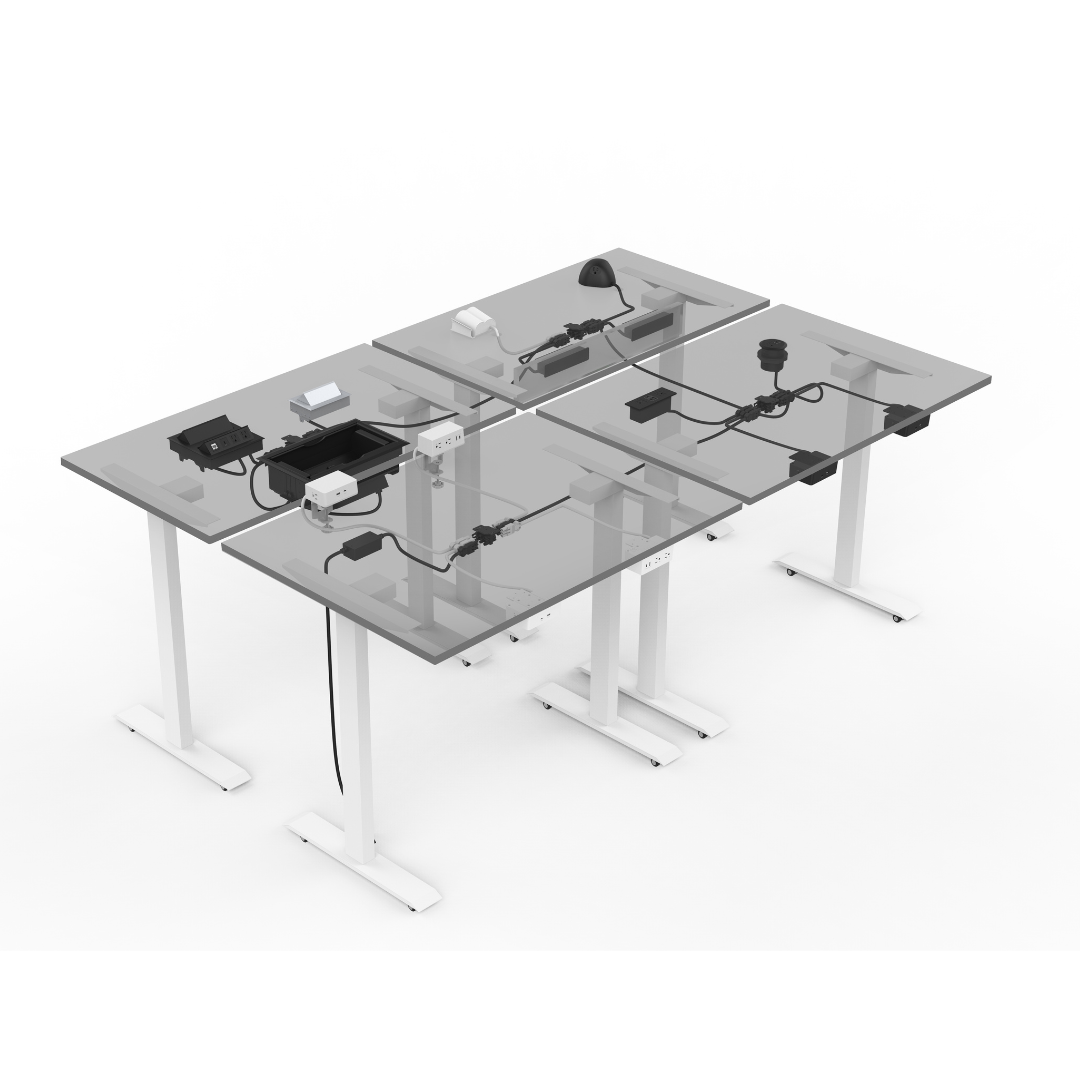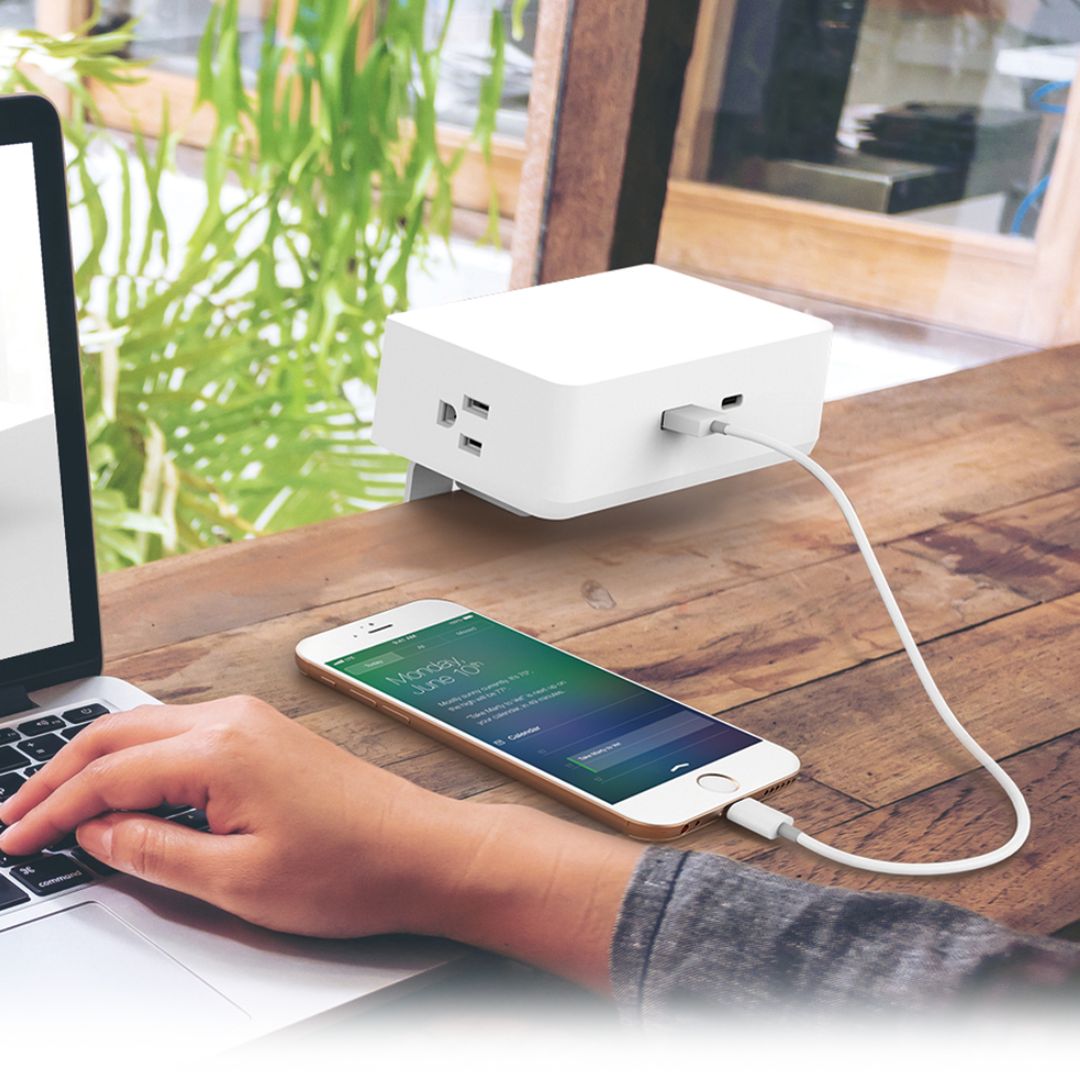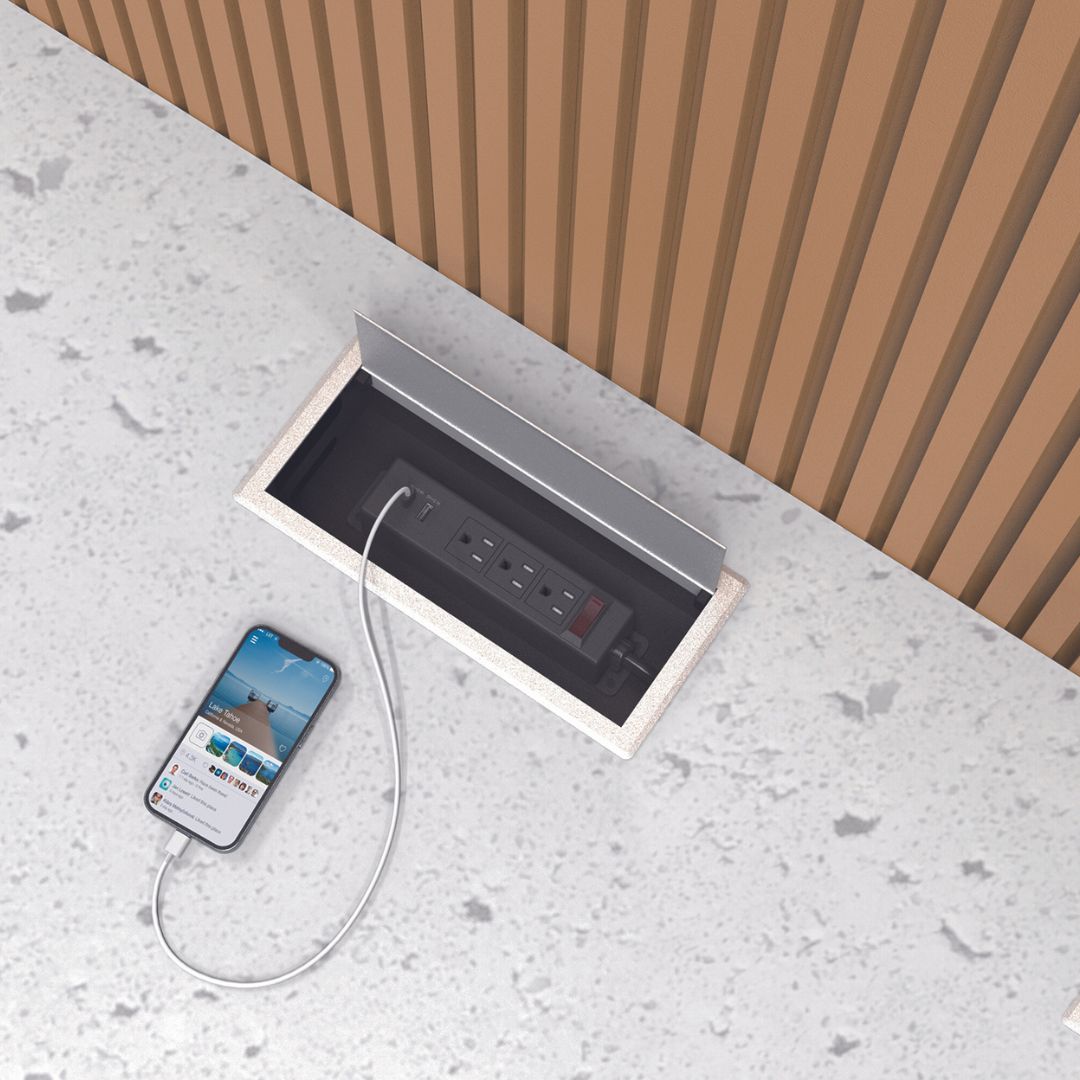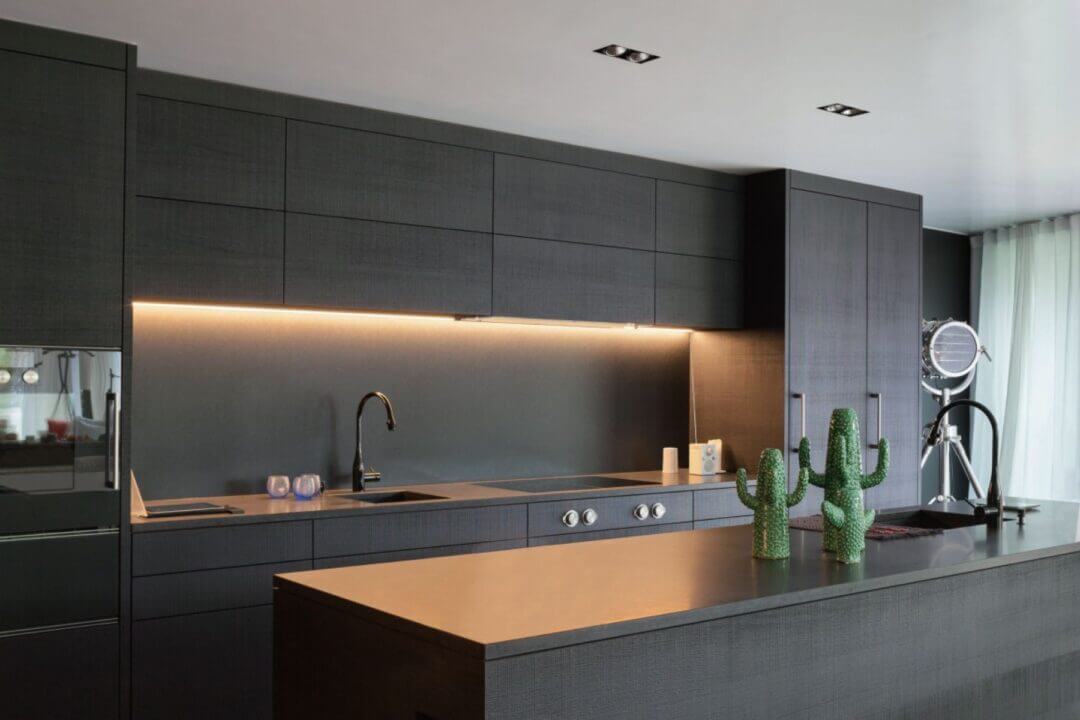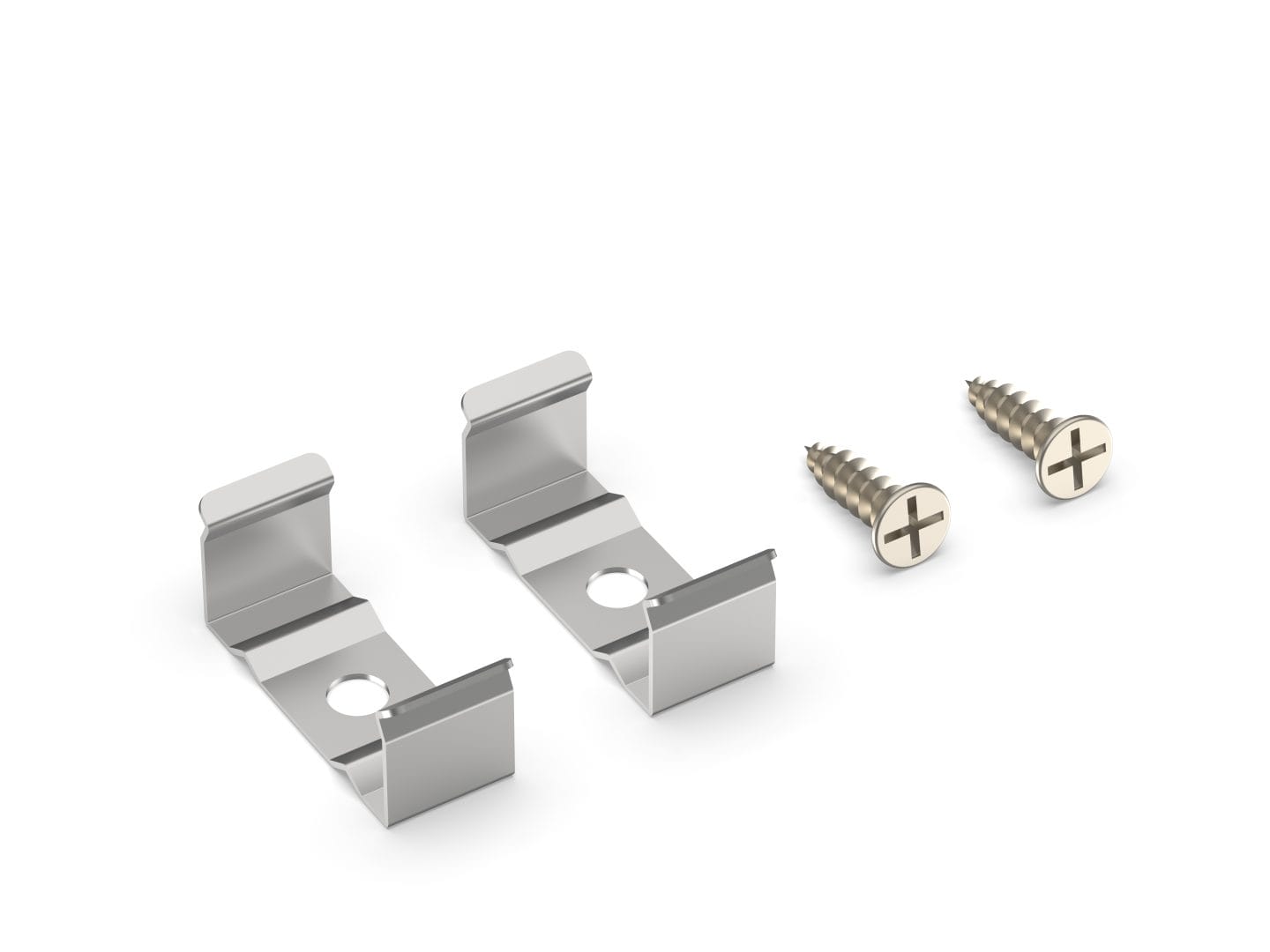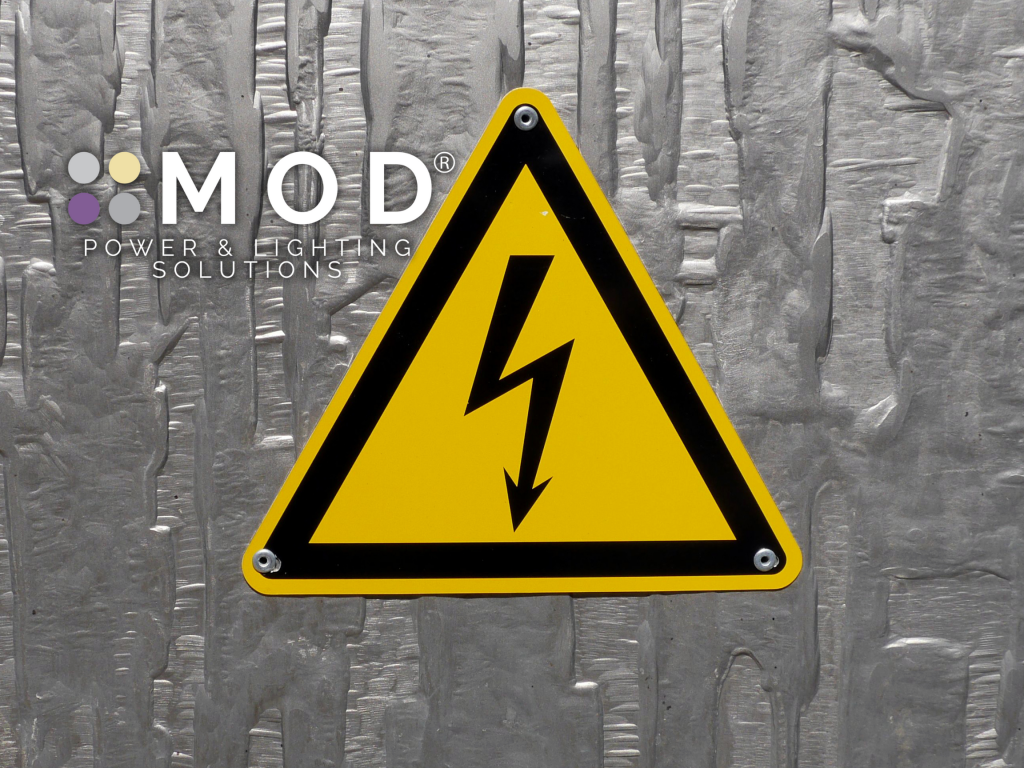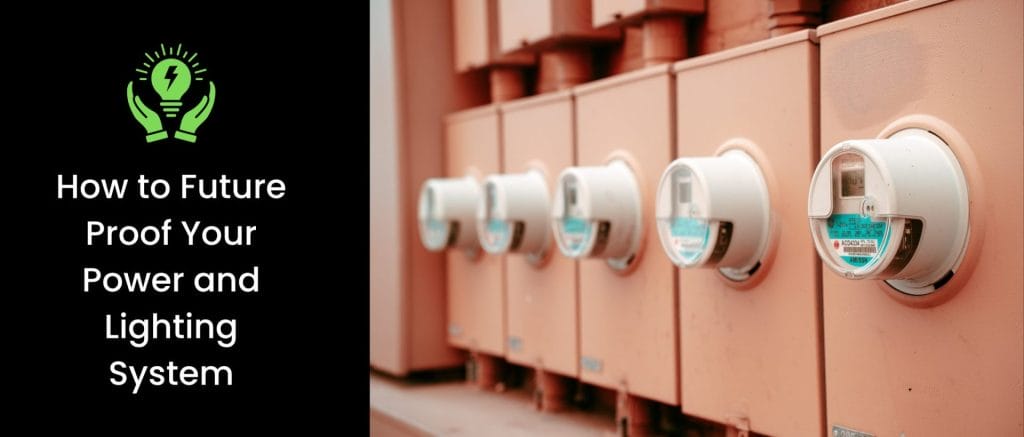Power as a Whole
Understanding the limitations and requirements of electrical units is crucial. In the article, we provide some background and an answer to, “how to choose the right transformer?” At MOD, many of our power and lighting solutions are designed to be plug-and-play, but understanding how to pair them when setting up a custom power or lighting project is vital.
Defining the Outputs
Let’s start with some key definitions:
- Volts: The pressure of electrical power.
- Amps: The rate at which electrical current flows through the circuit.
- Watts: The total power a device needs; Volts * Amps = Watts.
The equation can be rearranged as A = W/V and V = W/A.
A useful analogy for Volts, Amps, and Watts is water flowing through a pipe. Volts represent the water pressure entering the system (by, for instance, a valve), Amps describe the flow rate through the system of pipes, and Watts measure the volume of water that flows out of the pipe into a bucket.
Volts Locally And Across The World
In the U.S., voltage for electrical appliances ranges from 110–120V at 60 Hz. If your appliances come from a country with different voltage, you’ll need a power converter. An adapter alone may not be enough. For example, a 220V appliance won’t work properly when plugged into a 120V outlet due to insufficient voltage. Conversely, plugging a 110 or 120V appliance into a 220V outlet could fry the components, cause overheating, or even start a fire. Products that come standard in 220V are often used outside the U.S., Canada, and Mexico. When buying in the U.S. ensure it carries a UL certification and a cUL certification if you are living in Canada, indicating they are rated and approved for safety. All of the products you buy through MOD carry UL and cUL certifications as our guarantee to our customers.
Watts In Context
Watts provide a standard way to express a product’s power requirements, which is why we list wattage on our power receptacles. Often when shopping for non-custom options you will see Watts listed on lightbulbs indicating their overall power consumption. However, Watts are used to describe power in many applications, not just lighting. For instance, Apple hasn’t shared exact numbers, online tests indicate the newest iPhone can charge at up to 20 Watts. In comparison, their original charger cubes delivered only 5 Watts.
Our Aficionado charges up to 18 Watts via USB-A and 45 Watts via USB-C, offering an option close to most phones’ maximum charge rate with USB-A, and one that ensures maximum charging speed with USB-C (or even powers a laptop). Charging between 20–30 Watts makes only a small difference, usually just slightly faster from 0–80% charge capacity. Unlike custom lighting, there’s no need to worry about overheating—your phone will manage its power intake. However, this is just one example of how power outputs translate in the real world, now it’s time we answer that burning question “How To Choose The Right Transformer”?
Choosing the Right Transformer for Lighting
For almost any power setup, it’s wise to leave a 20% buffer, meaning you should only use 80% of a transformer’s maximum capacity. To select the right transformer, multiply the total wattage of your lights by 1.2. For instance, if you have 10 LED strips rated at 10 Watts each, you’ll need 100 Watts of power. To maintain the 20% buffer, choose a transformer that can handle 120 Watts.
A transformer will list its power outputs on the label on the unit itself. If you cannot locate the Watts you can always do a calculation. For example, with one of MOD’s 5 Amp transformers at 12 Volts, the equation would look like this:
12V x 5A = 60 Watts
As mentioned earlier, it’s best to allow a buffer to keep power outputs manageable. For this transformer, we recommend limiting the power draw to 48 Watts.
Choosing the right transformer can be left to the experts, consulting an electrician or our Lighting Specialist is best. We hope this guide helps you understand the basics of key electrical units. To get in touch with our Lighting Specialist about the best products and transformers for your project, please contact us at [email protected].

